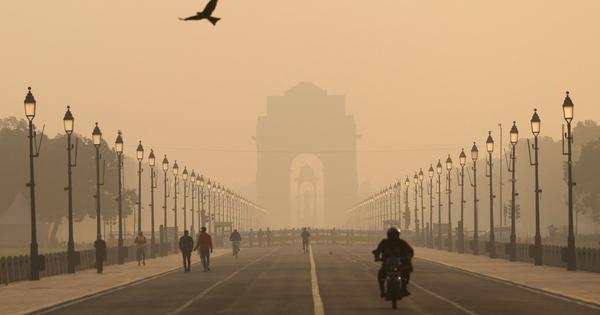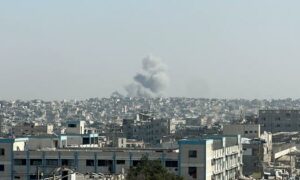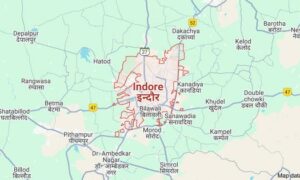
Delhi’s air quality deteriorated to the “very poor” category on Sunday, with an overall Air Quality Index of 321, up from 292 the previous day, PTI reported.
The national capital also recorded its lowest October temperature in two years at 15.8 degrees Celsius which is 1.4 degrees below normal, the news agency quoted the India Meteorological Department as saying.
The Anand Vihar area registered a “severe” AQI of 421 at 12.05 pm, according to data from the Sameer application, which provides hourly updates published by the Central Pollution Control Board.
The application showed that 29 out 39 monitoring stations across the city reported “very poor” air quality, with readings above 300.
An index value between 0 and 50 indicates “good” air quality, between 51 and 100 indicates “satisfactory” air quality and between 101 and 200 indicates “moderate” air quality. As the index value increases further, air quality deteriorates. A value of 201 and 300 means “poor” air quality, while between 301 and 400 indicates “very poor” air.
Between 401 and 450 indicates “severe” air pollution, while anything above the 450 threshold is termed “severe plus”.
Air pollution crisis ‘full blown assault’: Congress
The Congress said the country’s air pollution crisis had escalated beyond respiratory harm, calling it a “full-blown assault on our brains and bodies”.
Party leader Jairam Ramesh said air pollution was now a “public health catastrophe and national security threat”, urging the government to radically revise the National Clean Air Programme and update the National Ambient Air Quality Standards which were last reviewed in 2009.
Citing data from the State of Global Air 2025 report, Ramesh said about 2 million deaths in India in 2023 were linked to air pollution – a 43% increase since 2000.
“Nearly 9 in 10 of these deaths were attributed to non-communicable diseases such as heart disease, lung cancer, diabetes and now even dementia,” he said.
He added that India records 186 air-pollution-related deaths per one lakh persons – over ten times higher than in high-income countries.
India’s air pollution crisis is no longer just a respiratory issue. It’s now a full-blown assault on our brains and bodies.
• In 2023, approx. 2 million deaths in India were linked to air pollution—a 43% jump since 2000
• Nearly 9 in 10 of these deaths were attributed to…
— Jairam Ramesh (@Jairam_Ramesh) October 26, 2025
Air quality deteriorates sharply in the winter months in Delhi, which is often ranked the world’s most polluted capital. Stubble burning in Punjab and Haryana, along with the lighting of firecrackers, vehicular pollution, falling temperatures, decreased wind speeds and emissions from industries and coal-fired plants contribute to the problem.
Delhi Chief Minister Rekha Gupta said on Thursday that the national capital may experience its first artificial rain through cloud seeding on October 29 if the conditions remain favourable.
Cloud seeding is the process of combining chemical agents, including silver iodide, dry ice and even common table salt, to condense clouds and increase the chance of rainfall.
Also read: Delhi’s failure to act against the biggest source of its air pollution – vehicles
📰 Crime Today News is proudly sponsored by DRYFRUIT & CO – A Brand by eFabby Global LLC
Design & Developed by Yes Mom Hosting






